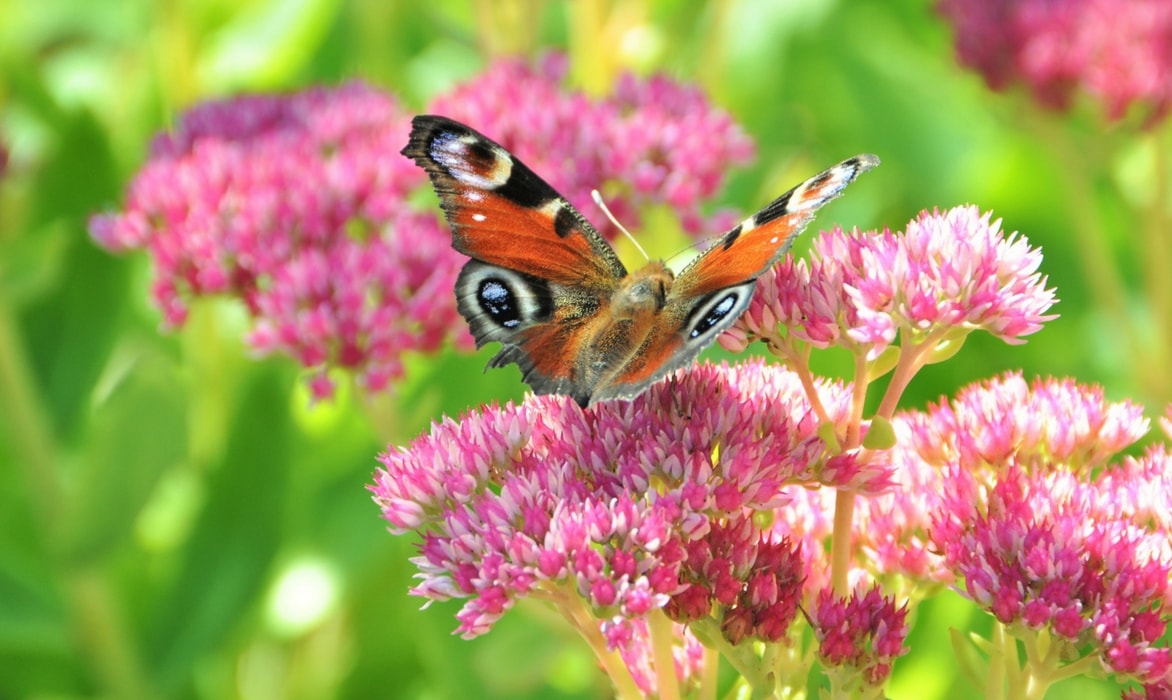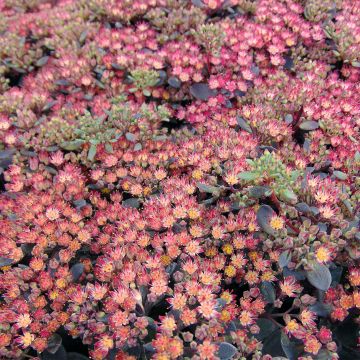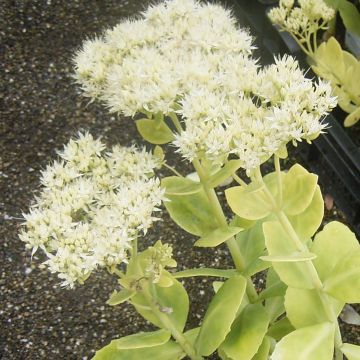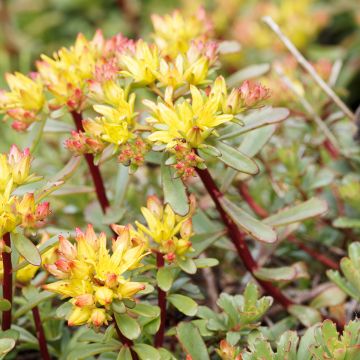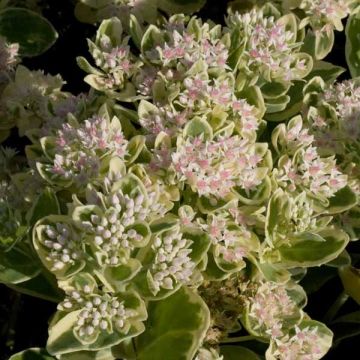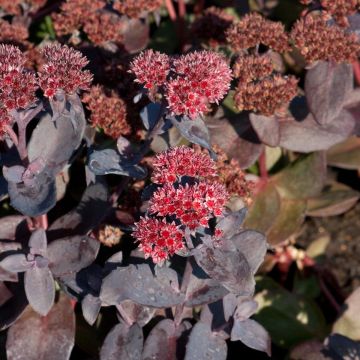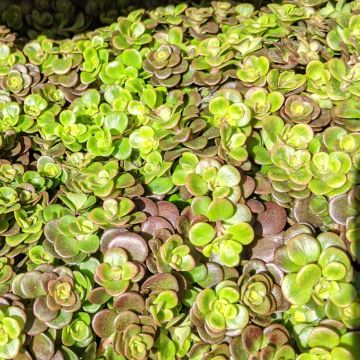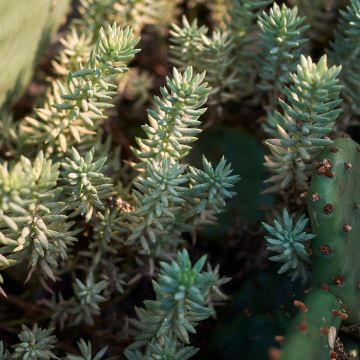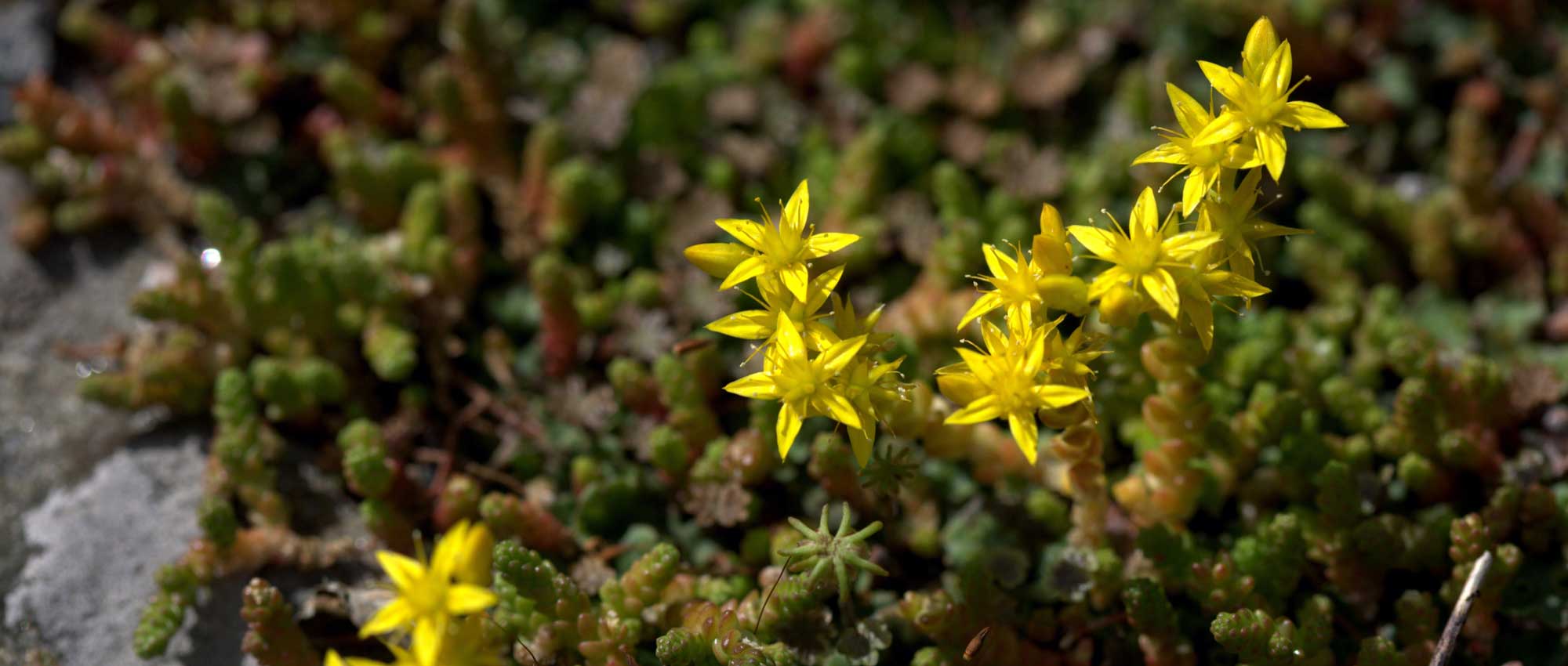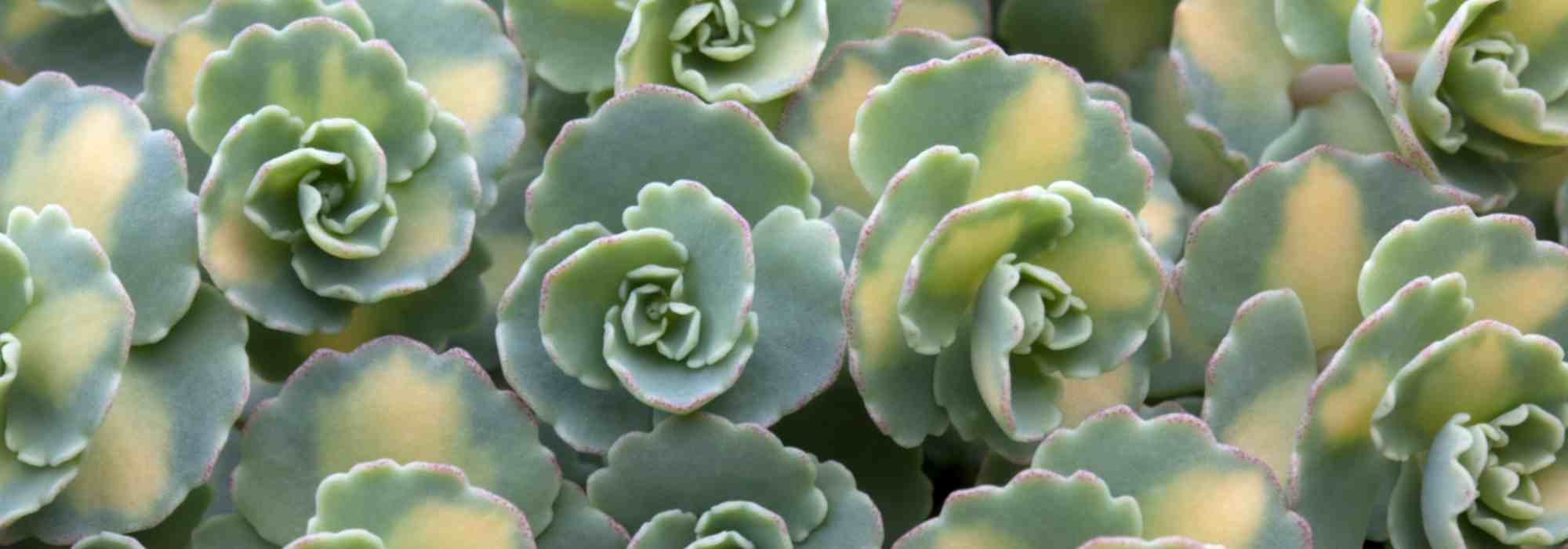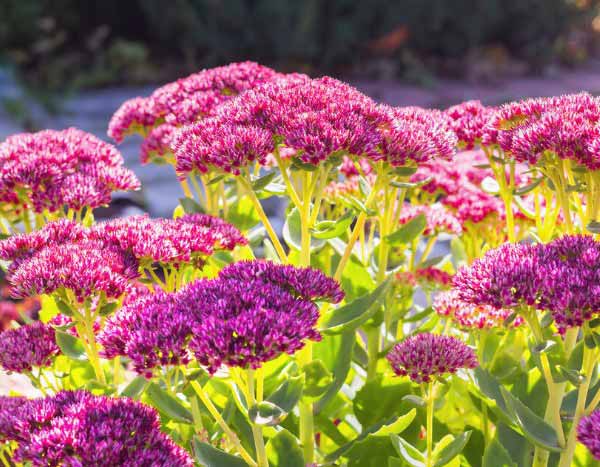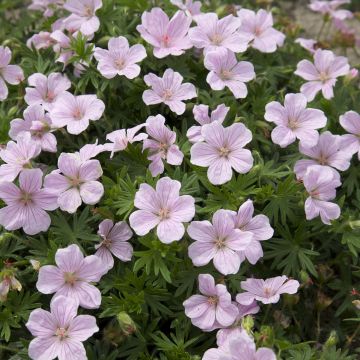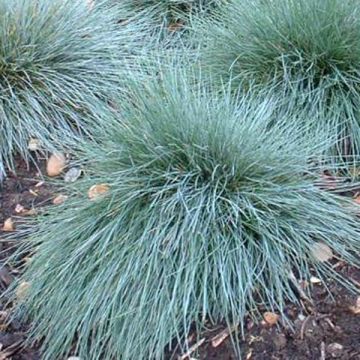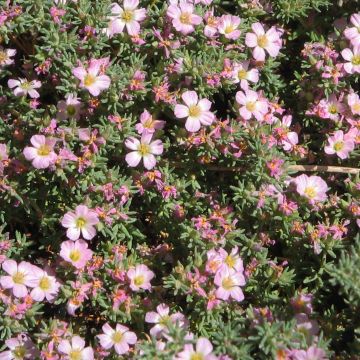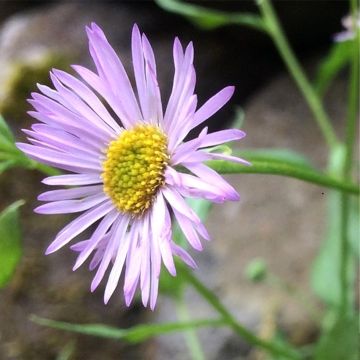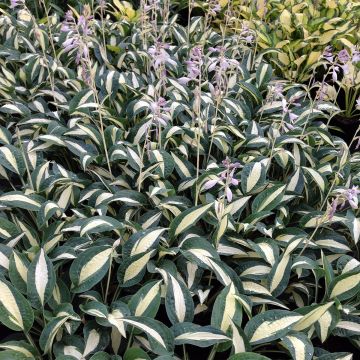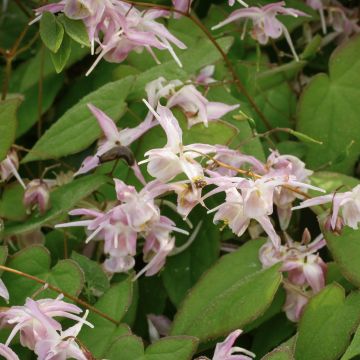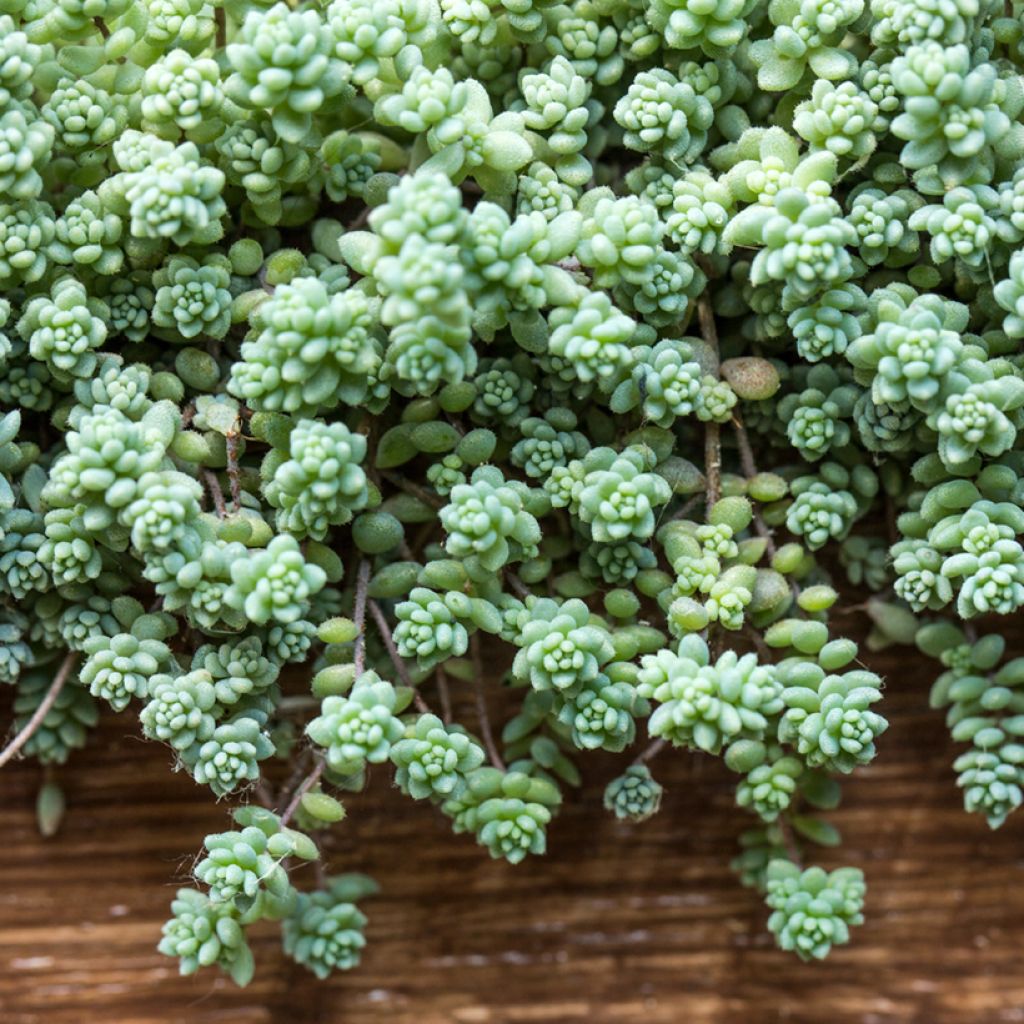

Sedum dasyphyllum - Stonecrop
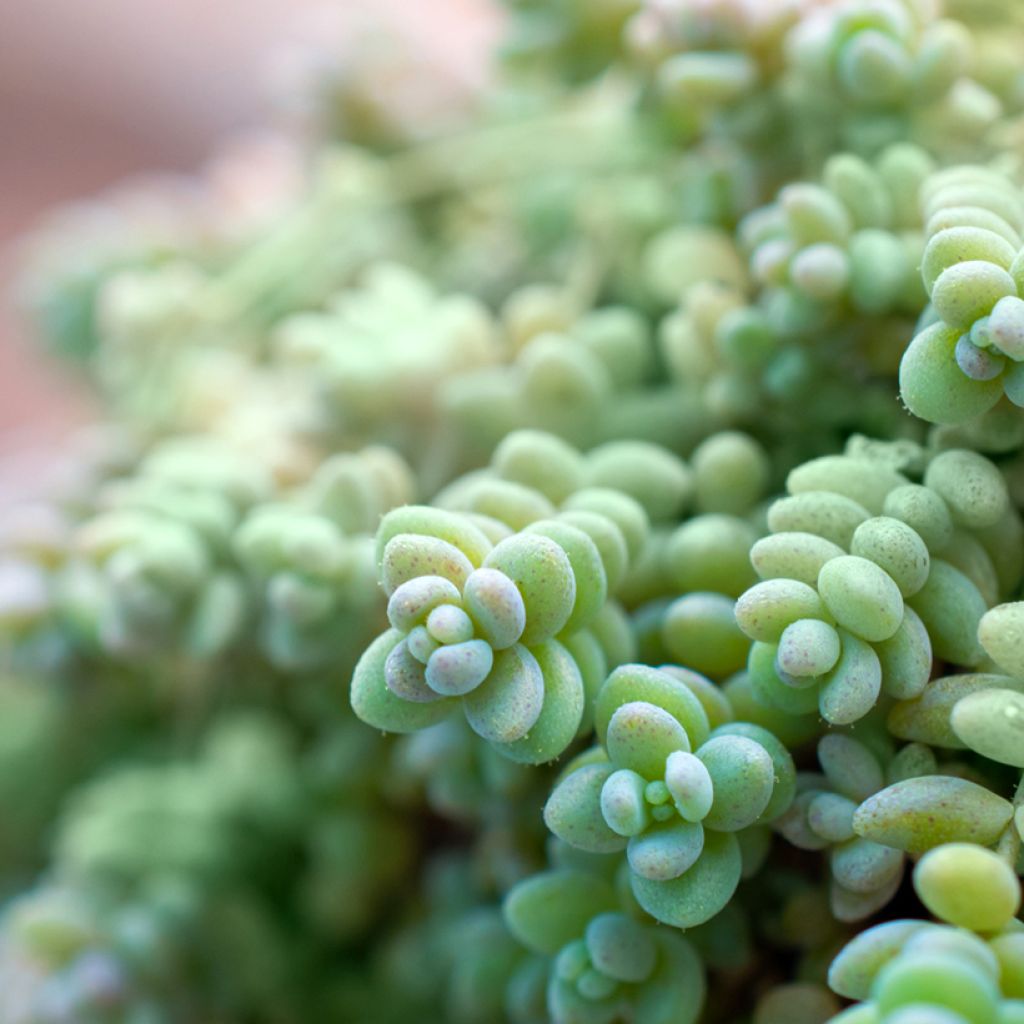

Sedum dasyphyllum - Stonecrop
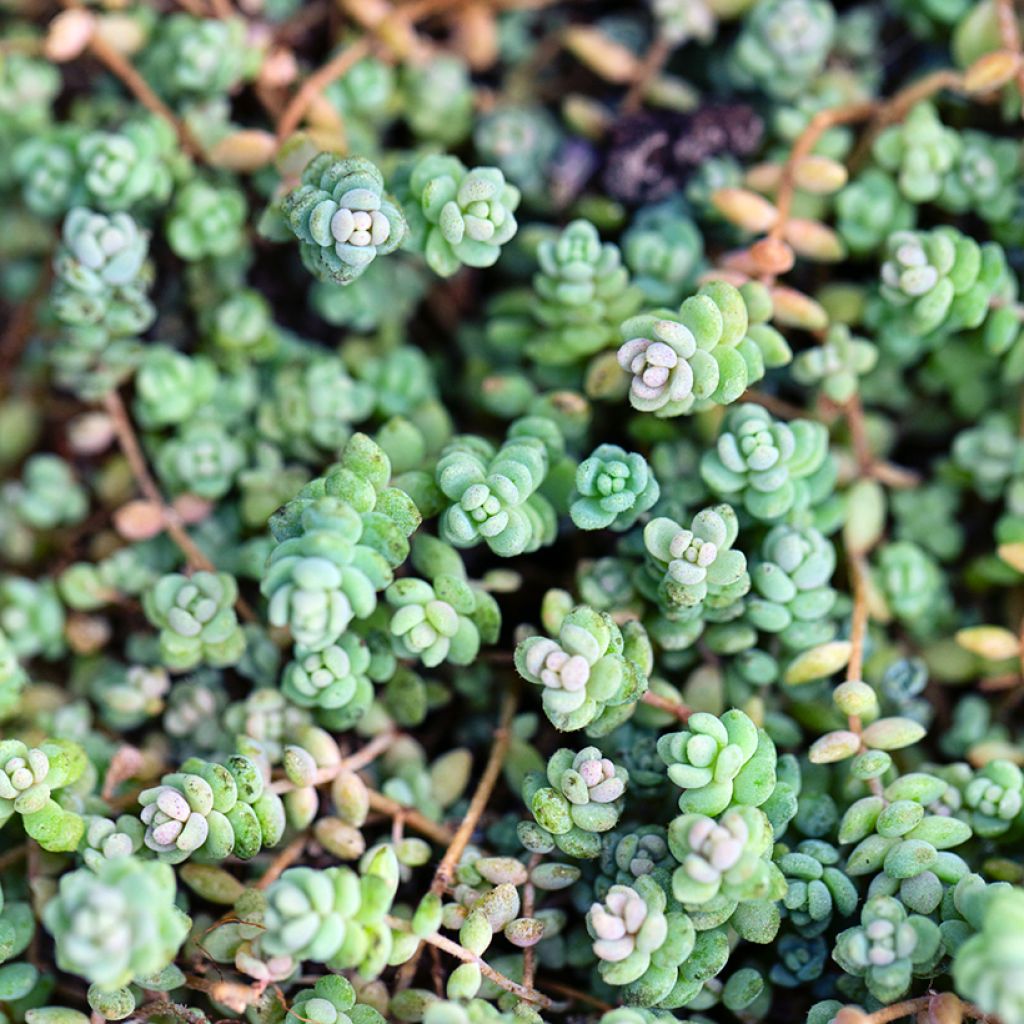

Sedum dasyphyllum - Stonecrop
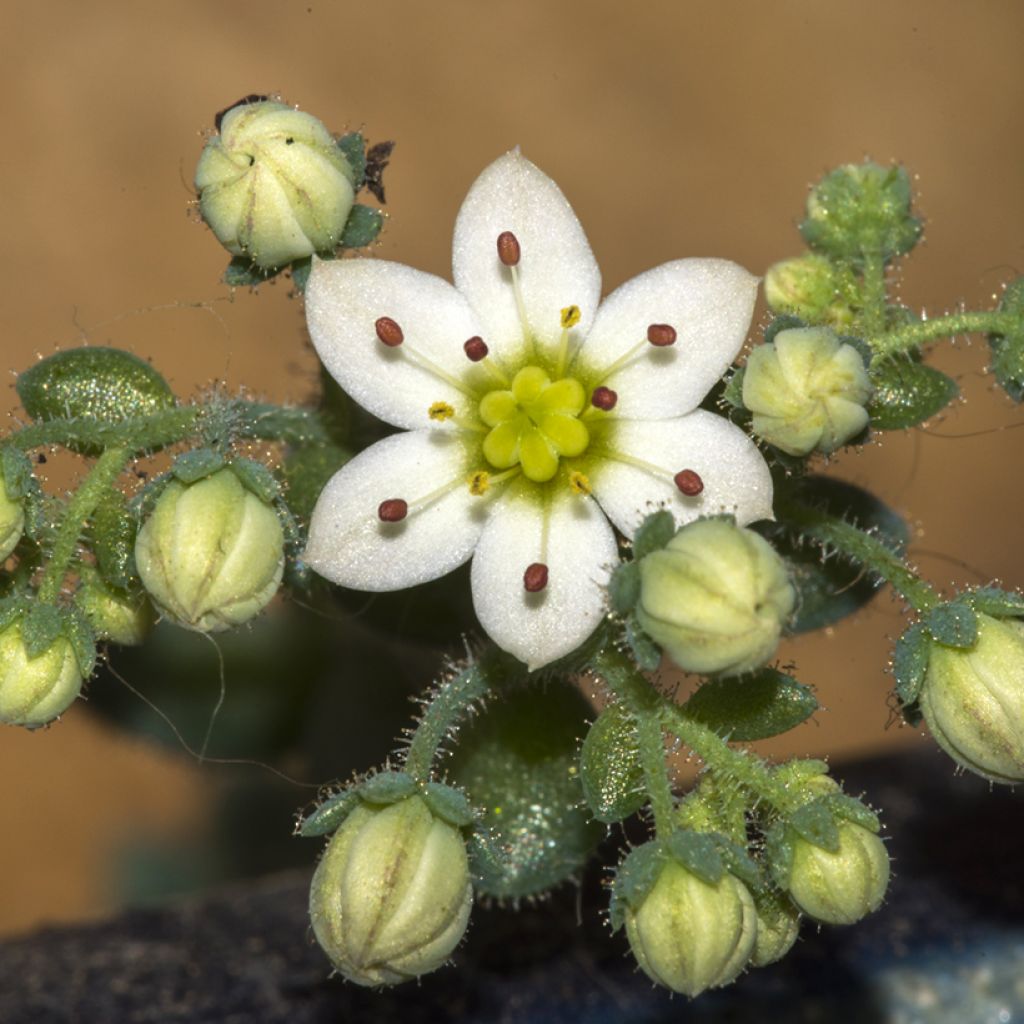

Sedum dasyphyllum - Stonecrop
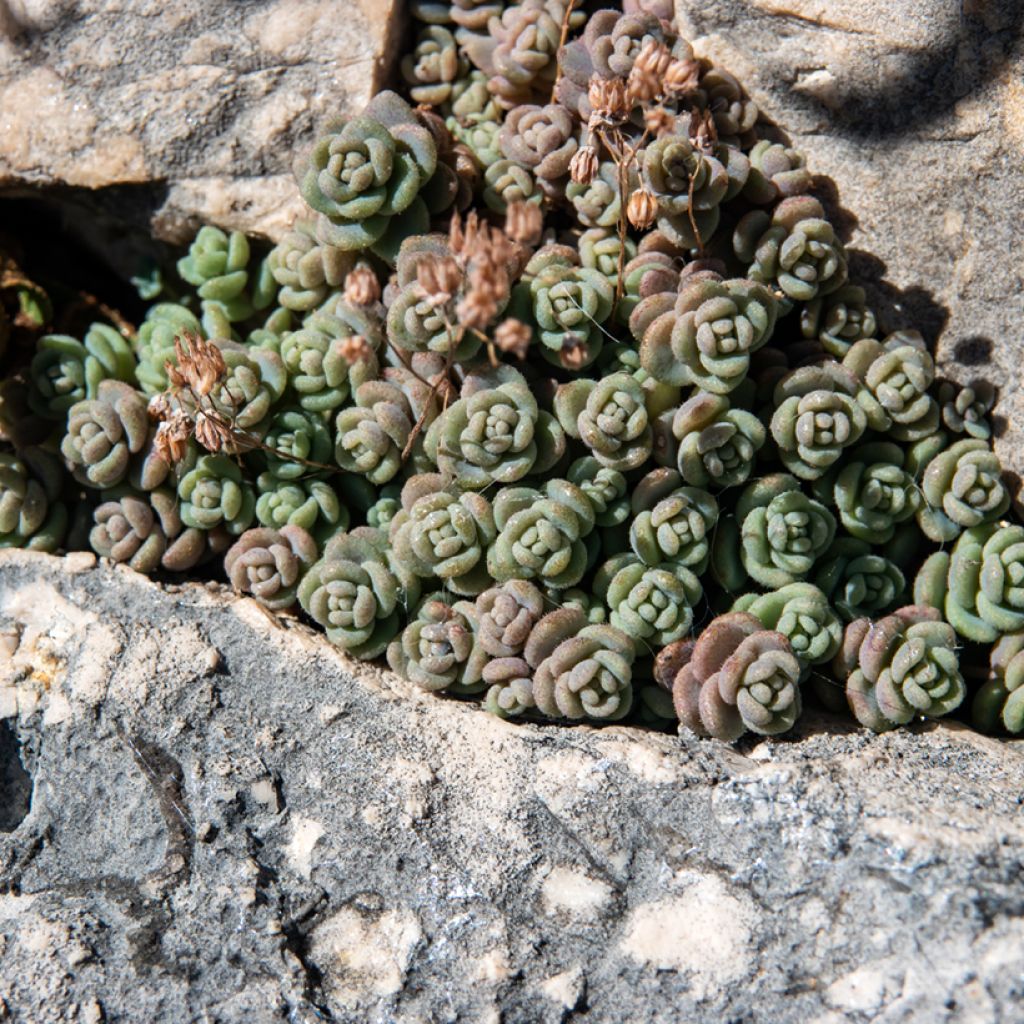

Sedum dasyphyllum - Stonecrop
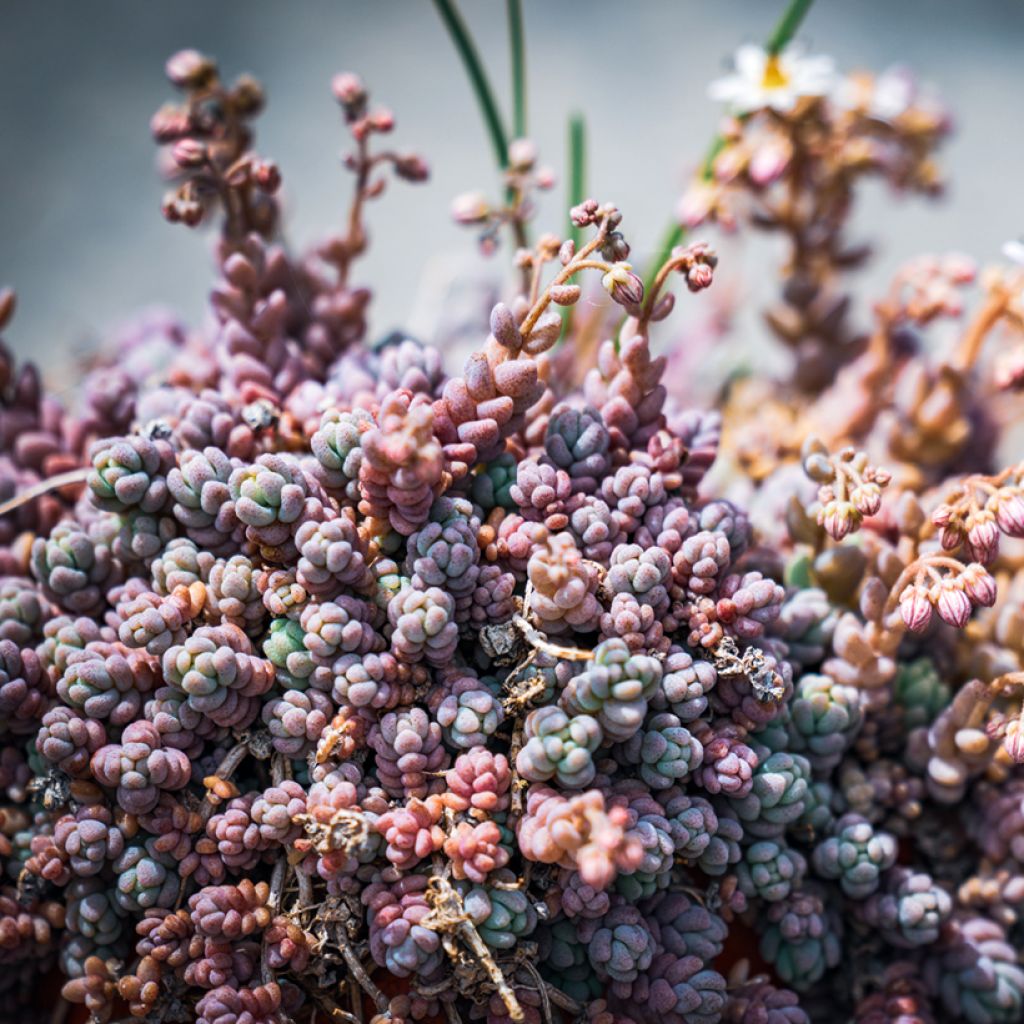

Sedum dasyphyllum - Stonecrop
Sedum dasyphyllum - Stonecrop
Sedum dasyphyllum
Thick-leaved Stonecrop, Corsican Stonecrop
Special offer!
Receive a €20 voucher for any order over €90 (excluding delivery costs, credit notes, and plastic-free options)!
1- Add your favorite plants to your cart.
2- Once you have reached €90, confirm your order (you can even choose the delivery date!).
3- As soon as your order is shipped, you will receive an email containing your voucher code, valid for 3 months (90 days).
Your voucher is unique and can only be used once, for any order with a minimum value of €20, excluding delivery costs.
Can be combined with other current offers, non-divisible and non-refundable.
Home or relay delivery (depending on size and destination)
Schedule delivery date,
and select date in basket
This plant carries a 12 months recovery warranty
More information
We guarantee the quality of our plants for a full growing cycle, and will replace at our expense any plant that fails to recover under normal climatic and planting conditions.
Would this plant suit my garden?
Set up your Plantfit profile →
Description
Sedum dasyphyllum, also called thick-leaved stonecrop, is a perennial succulent plant with tiny bluish-green opposite leaves arranged in very compact rosettes. It has a prostrate and carpeting habit, with stems that grow close to the ground, following the contours of the soil and filling in the gaps where it roots. In summer, small white star-shaped flowers appear on the plant. In winter, the foliage turns a lovely purple hue with the cold. This plant is ideal in dry conditions. Plant it in rockeries or to cover walls and green roofs. It prefers full sun and will grow in dry to arid areas lacking depth.
Sedum dasyphyllum belongs to the Crassulaceae family. Native to Western and Mediterranean Europe, it can be found in Europe in mountainous areas. S. dasyphyllum forms dense cushions, 5 to 10cm (2 to 4in) in height. Compact, it spreads through underground suckers and colonises the soil until reaching 30cm (12in) in width. It produces small evergreen, bluish-green, succulent, fleshy leaves arranged in dense, opposite rosettes. The leaves become tinted with purple due to the winter cold. In June-July, its white star-shaped flowers, arranged in flat clusters, appear at the top of some stems, in a small loose floral spike.
Sedum dasyphyllum likes sun, well-draining and poor soils. Hardy, it can withstand -15°C (5°F) without any problem, as long as it is not overly watered by winter rains, as this can promote root rot. S. dasyphyllum, like all stonecrops, is a godsend for gardens with lean soil. It is magnificent in rock gardens, ideal as ground cover, or planted in the gaps between stones in walls. It also grows very well in troughs or pots. For rock gardens, plant it with grasses or contrast it with plants with purple foliage that tolerate the same growing conditions, such as houseleeks.
Sedum dasyphyllum - Stonecrop in pictures
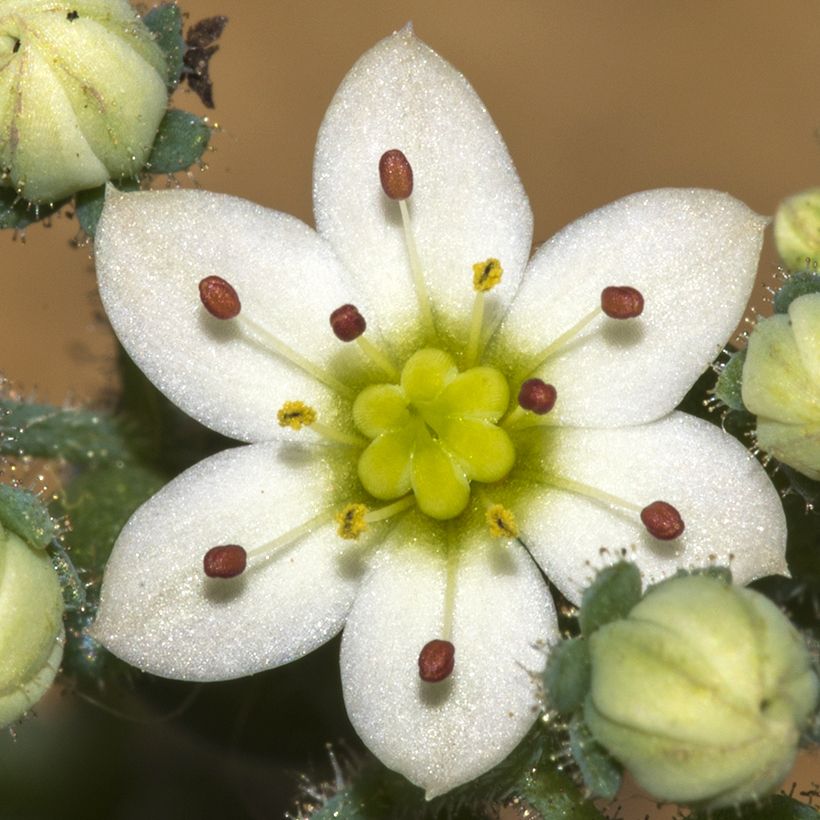

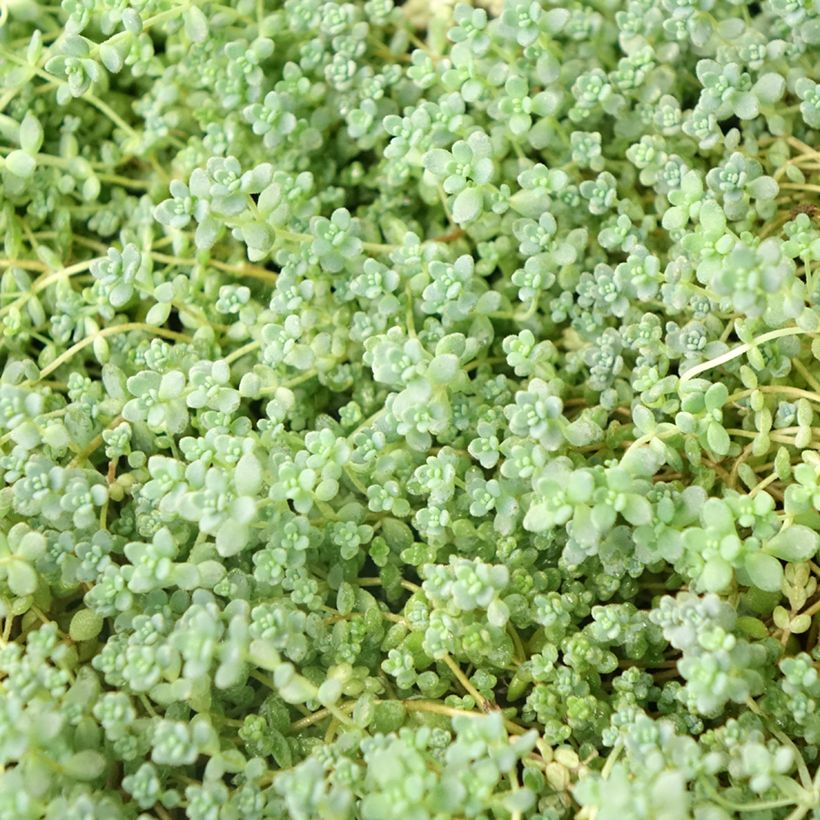

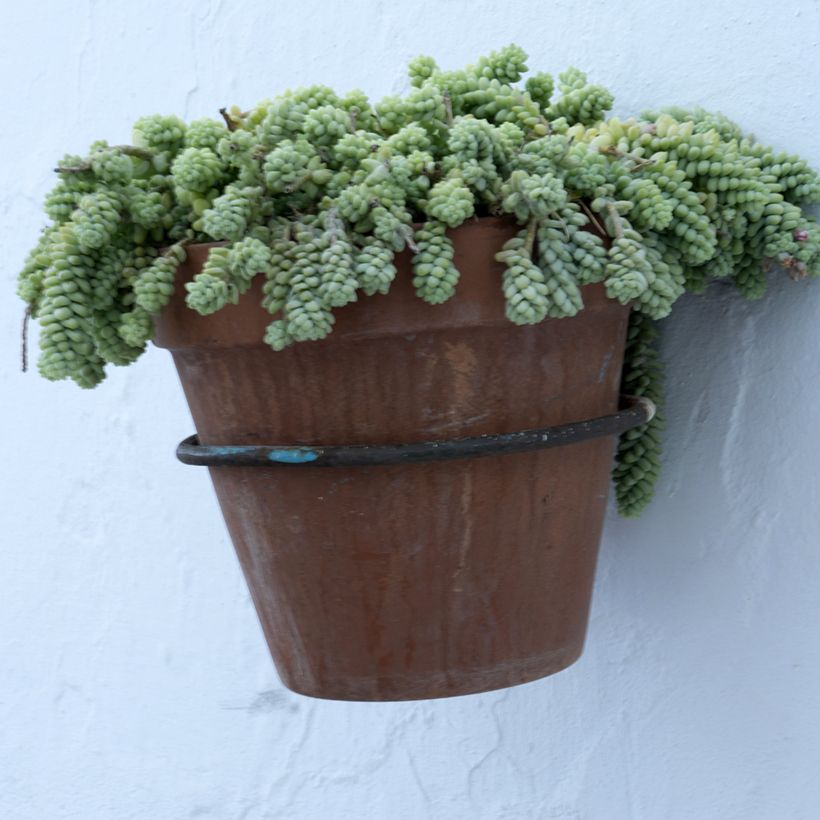

Flowering
Foliage
Plant habit
Botanical data
Sedum
dasyphyllum
Crassulaceae
Thick-leaved Stonecrop, Corsican Stonecrop
Cultivar or hybrid
Other Sedum
View all →Planting and care
Sedum dasyphyllum prefers sunlight, well-draining and poor soils, and full sun. It is very hardy, tolerating -15°C (5°F) without any problems, as long as it is not over-watered by winter rains, as this can promote root rot. If in doubt, install a translucent plate above the stump in humid winters, so that the plant has no water until March. Plant it in ordinary soil, which is not too rich or even poor, rather dry and well-drained. It is a low-maintenance plant. For planting, prepare a hole 30cm (12in) wide and deep, and keep it at a distance of 30cm (12in) from other plants.
Planting period
Intended location
Care
Planting & care advice
This item has not been reviewed yet - be the first to leave a review about it.
Similar products
Haven't found what you were looking for?
Hardiness is the lowest winter temperature a plant can endure without suffering serious damage or even dying. However, hardiness is affected by location (a sheltered area, such as a patio), protection (winter cover) and soil type (hardiness is improved by well-drained soil).

Photo Sharing Terms & Conditions
In order to encourage gardeners to interact and share their experiences, Promesse de fleurs offers various media enabling content to be uploaded onto its Site - in particular via the ‘Photo sharing’ module.
The User agrees to refrain from:
- Posting any content that is illegal, prejudicial, insulting, racist, inciteful to hatred, revisionist, contrary to public decency, that infringes on privacy or on the privacy rights of third parties, in particular the publicity rights of persons and goods, intellectual property rights, or the right to privacy.
- Submitting content on behalf of a third party;
- Impersonate the identity of a third party and/or publish any personal information about a third party;
In general, the User undertakes to refrain from any unethical behaviour.
All Content (in particular text, comments, files, images, photos, videos, creative works, etc.), which may be subject to property or intellectual property rights, image or other private rights, shall remain the property of the User, subject to the limited rights granted by the terms of the licence granted by Promesse de fleurs as stated below. Users are at liberty to publish or not to publish such Content on the Site, notably via the ‘Photo Sharing’ facility, and accept that this Content shall be made public and freely accessible, notably on the Internet.
Users further acknowledge, undertake to have ,and guarantee that they hold all necessary rights and permissions to publish such material on the Site, in particular with regard to the legislation in force pertaining to any privacy, property, intellectual property, image, or contractual rights, or rights of any other nature. By publishing such Content on the Site, Users acknowledge accepting full liability as publishers of the Content within the meaning of the law, and grant Promesse de fleurs, free of charge, an inclusive, worldwide licence for the said Content for the entire duration of its publication, including all reproduction, representation, up/downloading, displaying, performing, transmission, and storage rights.
Users also grant permission for their name to be linked to the Content and accept that this link may not always be made available.
By engaging in posting material, Users consent to their Content becoming automatically accessible on the Internet, in particular on other sites and/or blogs and/or web pages of the Promesse de fleurs site, including in particular social pages and the Promesse de fleurs catalogue.
Users may secure the removal of entrusted content free of charge by issuing a simple request via our contact form.
The flowering period indicated on our website applies to countries and regions located in USDA zone 8 (France, the United Kingdom, Ireland, the Netherlands, etc.)
It will vary according to where you live:
- In zones 9 to 10 (Italy, Spain, Greece, etc.), flowering will occur about 2 to 4 weeks earlier.
- In zones 6 to 7 (Germany, Poland, Slovenia, and lower mountainous regions), flowering will be delayed by 2 to 3 weeks.
- In zone 5 (Central Europe, Scandinavia), blooming will be delayed by 3 to 5 weeks.
In temperate climates, pruning of spring-flowering shrubs (forsythia, spireas, etc.) should be done just after flowering.
Pruning of summer-flowering shrubs (Indian Lilac, Perovskia, etc.) can be done in winter or spring.
In cold regions as well as with frost-sensitive plants, avoid pruning too early when severe frosts may still occur.
The planting period indicated on our website applies to countries and regions located in USDA zone 8 (France, United Kingdom, Ireland, Netherlands).
It will vary according to where you live:
- In Mediterranean zones (Marseille, Madrid, Milan, etc.), autumn and winter are the best planting periods.
- In continental zones (Strasbourg, Munich, Vienna, etc.), delay planting by 2 to 3 weeks in spring and bring it forward by 2 to 4 weeks in autumn.
- In mountainous regions (the Alps, Pyrenees, Carpathians, etc.), it is best to plant in late spring (May-June) or late summer (August-September).
The harvesting period indicated on our website applies to countries and regions in USDA zone 8 (France, England, Ireland, the Netherlands).
In colder areas (Scandinavia, Poland, Austria...) fruit and vegetable harvests are likely to be delayed by 3-4 weeks.
In warmer areas (Italy, Spain, Greece, etc.), harvesting will probably take place earlier, depending on weather conditions.
The sowing periods indicated on our website apply to countries and regions within USDA Zone 8 (France, UK, Ireland, Netherlands).
In colder areas (Scandinavia, Poland, Austria...), delay any outdoor sowing by 3-4 weeks, or sow under glass.
In warmer climes (Italy, Spain, Greece, etc.), bring outdoor sowing forward by a few weeks.






























